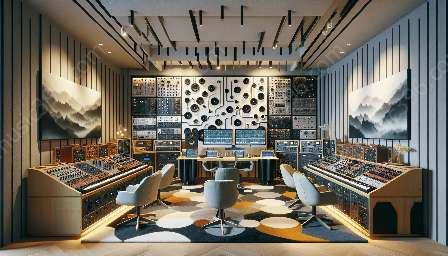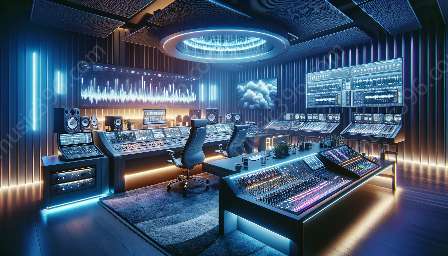When listening to a piece of music, you may notice different layers of sound that create a unique auditory experience. These layers, known as musical textures, play a crucial role in shaping the overall composition. Understanding the fundamentals of musical textures is essential for both musicians and music enthusiasts, as it provides insights into the structure and character of a musical piece.
What is Musical Texture?
Musical texture refers to the way different musical elements such as melody, harmony, and rhythm interact to create the overall sound of a composition. These elements combine to form different types of textures, each with its own distinct characteristics and impact on the listener.
There are several primary types of musical texture, including monophony, homophony, polyphony, and heterophony. Each type has a unique arrangement of musical elements, contributing to the richness and complexity of the music.
Monophonic Texture
Monophonic texture consists of a single unaccompanied melodic line. This type of texture can be found in traditional chants, folk songs, and certain types of vocal music. With no harmony or accompaniment, monophonic texture emphasizes the purity and simplicity of the melody.
Homophonic Texture
Homophonic texture features a primary melodic line accompanied by a supporting harmony. This type of texture is commonly found in popular music, where the focus is on a clear melody supported by chords or other harmonic elements. Homophonic texture creates a sense of harmony and unity within the music.
Polyphonic Texture
Polyphonic texture involves multiple independent melodic lines occurring simultaneously. This intricate texture can be heard in compositions such as fugues and canons, where each melodic line interacts with the others to create a complex interplay of voices. Polyphonic texture showcases the interweaving of different musical lines, resulting in a rich and contrapuntal sound.
Heterophonic Texture
Heterophonic texture occurs when variations of a single melody are performed simultaneously. This texture is often associated with traditional music from various cultures, where musicians embellish and interpret a shared melody in their own unique ways. Heterophonic texture adds a layer of individual expression and improvisation to the music.
Analyzing Musical Textures
Music analysis involves delving into the structure and components of a musical piece to gain a deeper understanding of its composition and meaning. Analyzing musical textures provides valuable insights into the organization and interaction of musical elements within a composition.
When conducting a musical texture analysis, it is essential to consider factors such as the distribution of musical elements, the role of each voice or instrument, and the overall effect on the listener. By examining these aspects, analysts can paint a comprehensive picture of the texture's characteristics and impact.
Texture and Instrumentation
The choice of instruments and their arrangement play a fundamental role in shaping the musical texture. Different combinations of instruments can create a wide range of textures, from lush and symphonic to sparse and intimate. By analyzing the instrumentation, analysts can identify how the timbres and roles of individual instruments contribute to the overall texture of the music.
Texture and Dynamic Contrast
Dynamics, or the variation in volume and intensity, significantly influence the texture of a musical piece. By examining the dynamic contrasts within a composition, analysts can gain insights into the ebb and flow of the texture, as well as the emotional and expressive impact on the listener.
Texture and Expressive Techniques
Expressive techniques, such as articulation, phrasing, and ornamentation, contribute to the nuances and character of the musical texture. Analyzing these techniques reveals how performers shape and mold the texture to convey their interpretation and artistic expression.
Overall, musical texture analysis provides a multidimensional perspective on the interplay of musical elements, instrumentation, dynamics, and expressive techniques within a composition. By exploring these elements, analysts can uncover the intricate layers that contribute to the rich tapestry of musical textures.
Conclusion
Understanding the fundamentals of musical textures and delving into the nuances of texture analysis enhances our appreciation and comprehension of music. By recognizing the diverse textures present in musical compositions, we can gain a deeper insight into the craftsmanship and creativity of composers and performers. Whether exploring the purity of monophonic texture, the harmony of homophonic texture, the complexity of polyphonic texture, or the individuality of heterophonic texture, each texture offers a unique lens through which we can perceive and interpret the beauty of music.

































